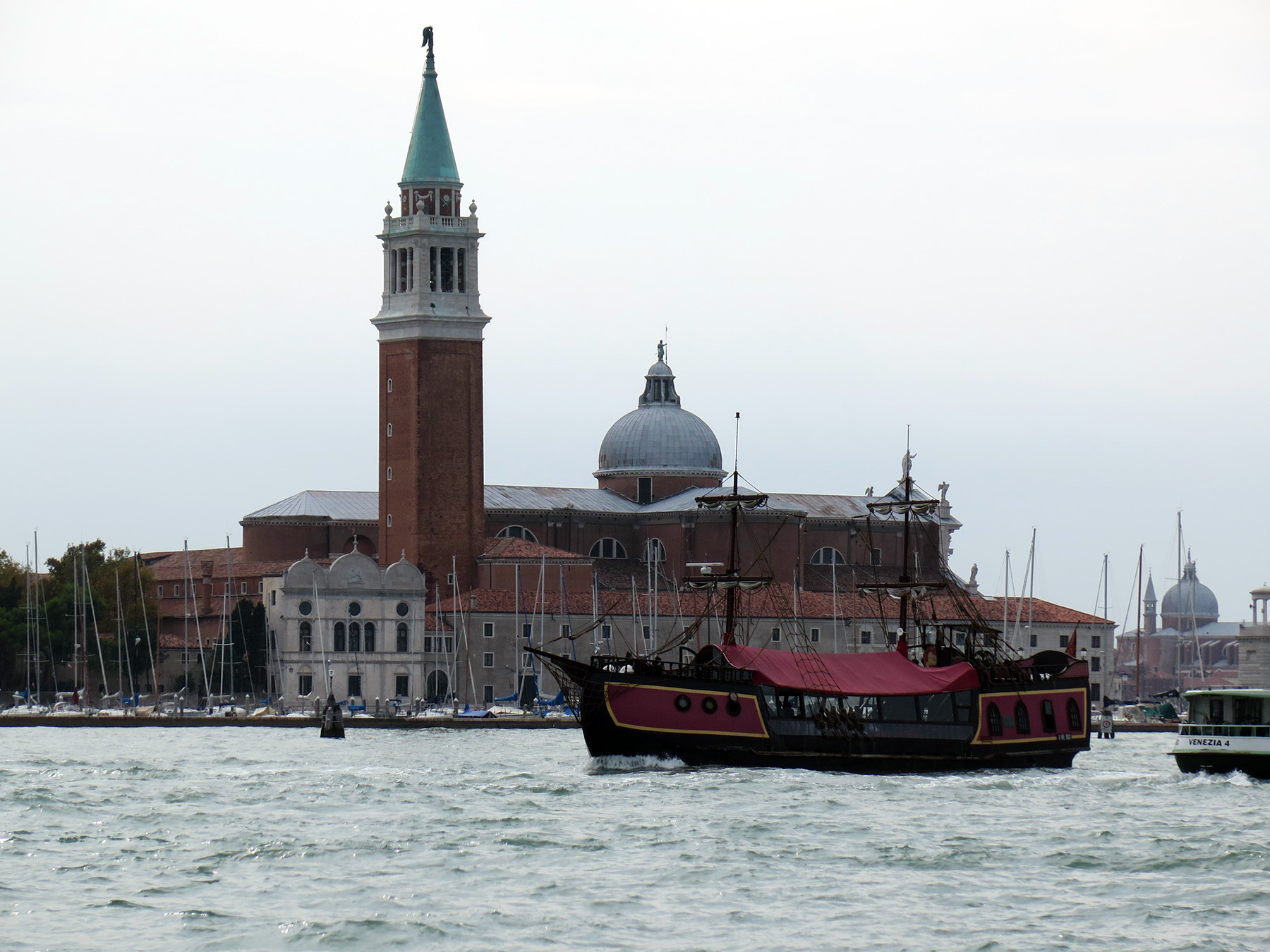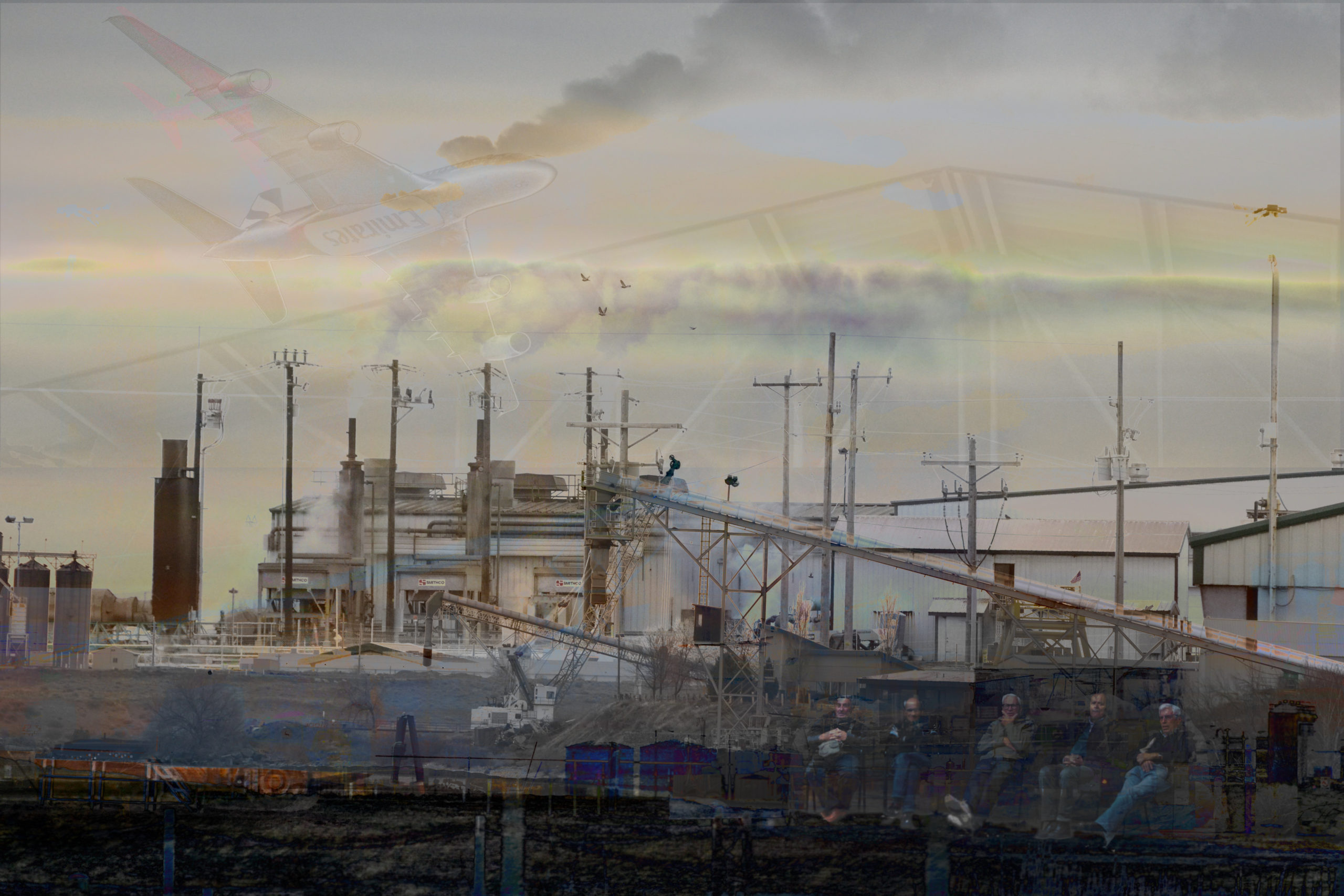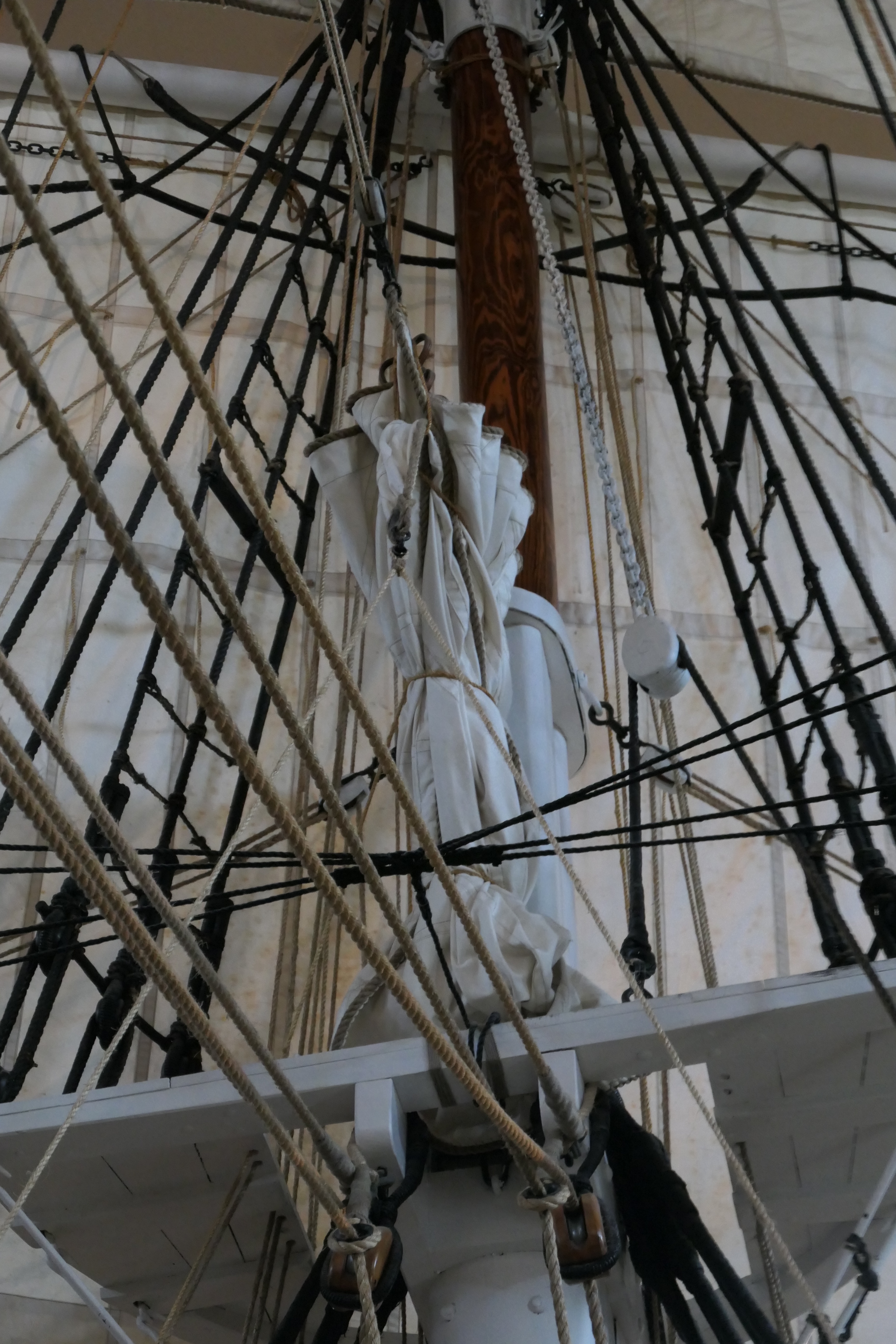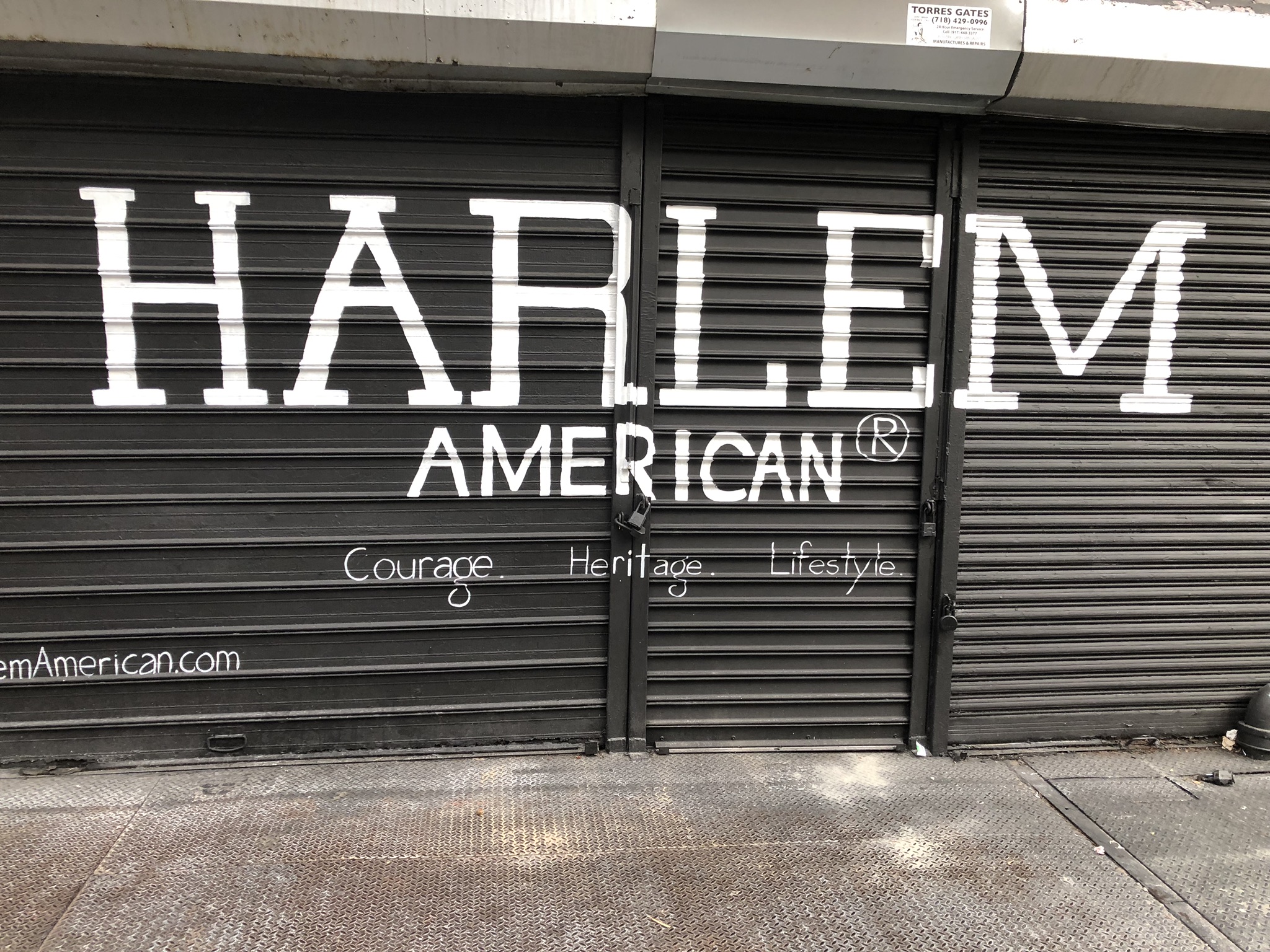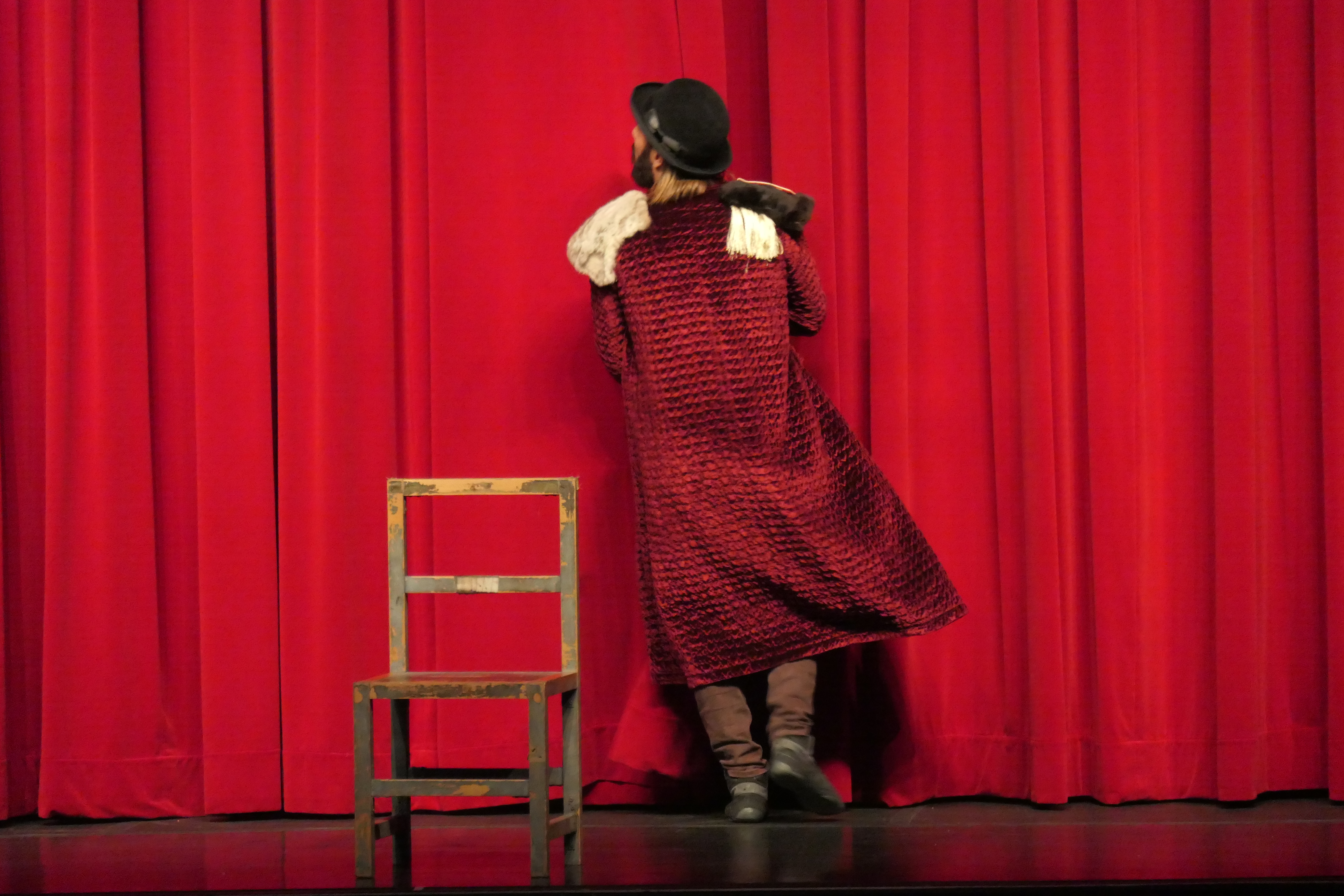Caution: reading any of the books on this list might really make you want to leave the safety of your home and get into the car.
Books on this list, on the other hand, might save you the trouble. You can just be an armchair driver. (Some books might overlap.)

Alternatively, you can just read today’s blog and get your fill of the beauty (or insanity) of some slices of Americana.
For this road trip I flew into Los Angeles Airport where I met my oldest friend from Germany and picked up a sardine can of a rental car. We somehow managed to find our way to Palm Springs without a GPS or map from LAX and spent some day in that strange, artificial world there.

I still can’t wrap my head around all those lawns, even on median strips, and golf-courses, watered on a regular basis in the middle of a desert (the water levels of the aquifer feeding the valley have dropped to dangerous levels now.) Or the ratio of the wealthy to the hanger-ons. Or the tourists in flip-flops hiking Indian Canyon.

Or popping a seven-story Kimpton Rowan Palm Springs Hotel right into hills above the movie-set town. As the Wall Street Journal cited author Sidney Sheldon: “the average age in Palm Springs is deceased.” That same article offers you options for spending a long weekend there. Don’t faint at the price range.



Anything goes to amuse the tourist. Aging Ninja turtles included.


Hikes and excursions included the stunning Joshua Tree National Park which blew my mind.









Off we went North-bound, taking the long way, contorted and sweating in our little vehicle that barely managed to keep the air conditioning running. We found lodging by luck, every evening, just stopping where it looked promising. Only once was it a debacle – the overpriced, run down, not very clean and noisy motel at Death Valley made for a sleepless night.

On our way, we passed through Calico, a ghost town in the San Bernardino Valley. Located in the Calico Mountains of the Mojave Desert region of Southern California, it was founded in 1881 as a silver mining town. Today it is a large tourist attraction, decked out with Kitsch, but nothing can ultimately distract from the beauty of the setting and the character of the remaining structures.






*
Nothing had prepared me for the sights over the next couple of days, the various parts of Death Valley. I happen to be a tourist with autodidact tendencies, as Alex Ross puts it so perfectly in this New Yorker essay about the region, but I always go unprepared and then inform myself after the fact. That way I have few expectations that would steer my own perceptions and thoughts about what I see. Later I will put it all into context when I start reading up on it.




The best source of information was Richard Lingenfelter’s 1986 book, Death Valley and the Amargosa: A Land of Illusion. It covers many aspects, from the geology to the history of this 2nd hottest place on earth, and supplies a good number of tidbits about the stupidity and greed of the White Men coming in.




When you think things in your viewfinder cannot get any more beautiful, you round a corner and there is something else. The colors alone are breathtaking. The heat, the salt, and the dry air are not to be underestimated, though. You really need to be careful on your walks.



*
Eventually we drove through Nevada and picked up some lunch in Austin, NV, population 192. They DO like cars, though….






I’ll save the rest of the trip, arriving in the Steens Mountains in Oregon, visiting the Malheur National Park, for another time, when birds are on the agenda again.

Music today is a bit unusual for me – but perfect for Western Road trips….
Here is another one by them.







































